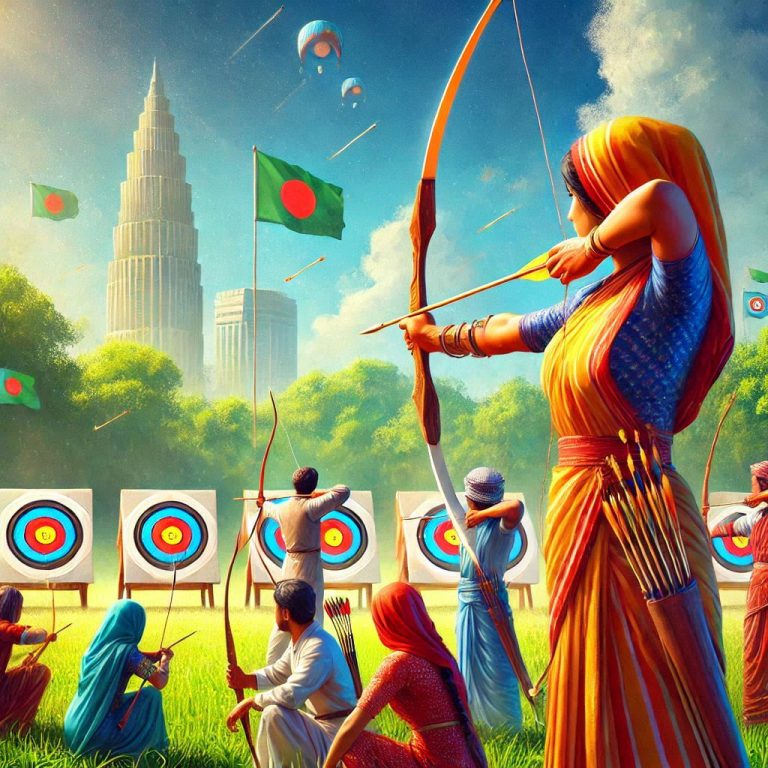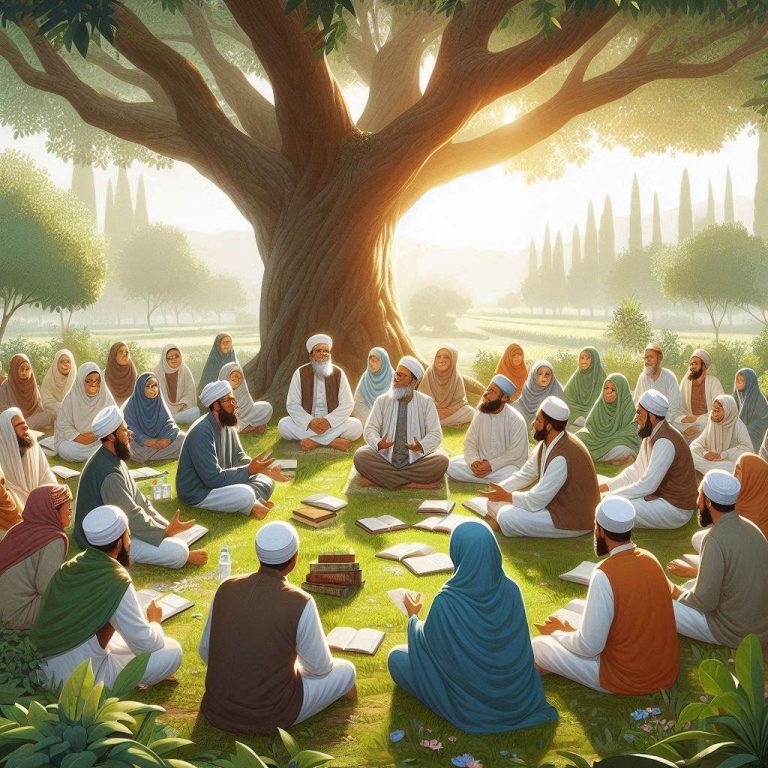
Introduction.
Carrom, a beloved board game that transcends generations and social boundaries, holds a special place in the cultural fabric of Bangladesh. More than just a game, carrom represents a social phenomenon that connects people across different age groups, regions, and socioeconomic backgrounds. This comprehensive exploration delves into the rich history, cultural significance, gameplay mechanics, and contemporary relevance of carrom in Bangladesh.
Historical Origins and Evolution.
The origins of carrom can be traced back to the Indian subcontinent, with roots potentially extending to the early 19th century. While the exact birthplace remains a topic of scholarly debate, historical evidence suggests that the game emerged during the colonial period, potentially influenced by both indigenous recreational practices and European billiards.
In Bangladesh, carrom’s journey mirrors the broader cultural exchanges and social transformations that have shaped the nation’s identity. Initially popularized during the British colonial era, the game quickly transcended its colonial origins to become a quintessential part of local recreational culture.
Early Adoption and Spread.
During the early 20th century, carrom boards began appearing in various social settings: community centers, tea stalls, educational institutions, and private homes. Its simplicity, minimal equipment requirements, and engaging gameplay made it accessible to people from all walks of life.
The game’s popularity surged particularly in urban centers like Dhaka, Chittagong, and Rajshahi, where dense population clusters and limited recreational spaces made carrom an ideal social activity. Neighborhoods would often have dedicated spaces or specific tea stalls where carrom enthusiasts would gather, transforming the game into a community ritual.
Gameplay Mechanics.
Basic Rules and Equipment.
A standard carrom board is a smooth, square wooden surface approximately 74 cm × 74 cm, with four circular pockets—one in each corner. Players use a striker, typically larger and heavier than the game pieces (called carrommen), to strike these pieces into the pockets.
The game traditionally involves four players, though variations exist for two or three players. Each player is assigned a set of colored carrommen: white, black, or red. The objective is to pocket one’s own carrommen and ultimately pocket the red “queen” piece, which carries special significance.
Scoring System.
Points are awarded based on successfully pocketing carrommen:
White or black carrommen: 1 point each.
Red “queen”: 3 points.
Bonus points for strategic plays and penalties for fouls.
Regional Variations in Bangladesh.
While the fundamental rules remain consistent, different regions in Bangladesh have developed subtle variations in gameplay and scoring. For instance, urban areas might have more formalized tournament rules, while rural communities might adopt more flexible, community-specific adaptations.
Cultural Significance.
Carrom in Bangladesh is far more than a mere board game—it’s a social institution that facilitates interaction, builds community bonds, and serves as a microcosm of social dynamics.
Social Bonding and Community Interaction.
In both urban and rural contexts, carrom boards serve as social platforms. They are spaces where:
Generational knowledge is transferred.
Friendships are forged.
Community hierarchies are subtly negotiated.
Informal discussions and debates take place.
Tea stalls and community centers become vibrant hubs of interaction, with carrom games acting as social catalysts. Young and old alike participate, creating intergenerational dialogue and mutual understanding.
Gender and Social Dynamics.
Traditionally, carrom was predominantly a male-dominated activity. However, contemporary Bangladesh has witnessed gradual but significant changes. More women and younger generations are embracing the game, challenging historical social boundaries.
Educational institutions, community centers, and progressive social groups have played crucial roles in democratizing carrom, promoting it as an inclusive recreational activity that transcends gender limitations.
Economic and Professional Dimensions.
Carrom as a Livelihood.
For some individuals in Bangladesh, carrom transcends recreational boundaries and becomes a potential economic opportunity. Professional players participate in tournaments with monetary prizes, while some establish careers as carrom coaches or tournament organizers.
Tournament Ecosystem.
Bangladesh hosts numerous carrom tournaments at:
Local community levels.
District and divisional championships.
National competitions.
International tournaments representing the country.
These tournaments not only celebrate the game but also provide platforms for talent recognition and social mobility.
Manufacturing and Economic Impact.
The carrom board manufacturing sector in Bangladesh represents a small but significant cottage industry. Skilled craftsmen, primarily concentrated in regions like Dhaka and Comilla, produce high-quality boards using traditional woodworking techniques.
Local manufacturers have adapted to changing market demands, producing boards ranging from basic, affordable models to premium, intricately designed pieces catering to collectors and serious enthusiasts.
Technological Adaptation and Modern Challenges.
Digital Transformation.
With the rise of digital entertainment, carrom faces challenges in maintaining its traditional appeal. However, the Bangladeshi carrom community has shown remarkable adaptability:
Online carrom gaming platforms.
Digital tournaments.
Social media communities dedicated to the game.
Mobile applications simulating carrom gameplay.
These technological innovations have helped introduce carrom to younger generations and global audiences.
Preservation of Traditional Skills.
Despite digital advancements, there remains a strong cultural commitment to preserving the traditional, physical gameplay experience. Community elders and cultural institutions actively work to maintain the game’s authentic social and interactive dimensions.
Educational and Cognitive Benefits.
Research suggests that carrom offers numerous cognitive advantages:
Enhances hand-eye coordination.
Develops strategic thinking.
Improves concentration and focus.
Promotes social intelligence.
Provides stress relief.
Educational psychologists and recreational therapists in Bangladesh increasingly recognize carrom’s potential as a holistic developmental tool.
Future Prospects and Challenges.
The future of carrom in Bangladesh appears both promising and complex. While the game faces competition from digital entertainment, its deep-rooted cultural significance provides a strong foundation for continued relevance.
Key challenges include:
Attracting younger generations.
Professionalizing tournament structures.
Developing standardized training programs.
Creating international visibility.
Potential Strategies:
Enhanced digital engagement.
School and college-level competitive leagues.
Government and private sector support.
Cultural heritage preservation initiatives.
Conclusion.
Carrom in Bangladesh represents more than a game—it’s a living cultural artifact that embodies social connection, strategic thinking, and communal harmony. As the country continues to evolve, carrom stands as a testament to the resilience of traditional recreational practices.
Its ability to adapt, connect generations, and provide a inclusive social platform ensures that carrom will continue to be an integral part of Bangladesh’s rich cultural tapestry.






